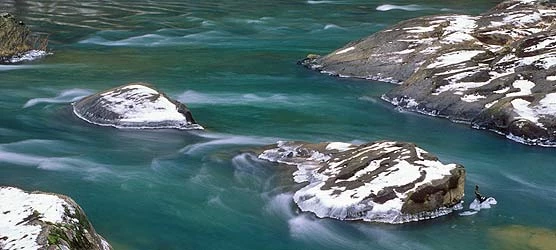
C. Summers Many non-native species have set up residence in Big South Fork. A non-native is any species that occurs outside its native range as a result of deliberate or accidental introduction by humans. Non-natives compete with native species for habitat and food and often take over specialized ecosystems that rare plants or animals need to survive. The non-native species are not natural components of the ecological system and, as a result, have not evolved in concert with the native species. Often, non-native species will not have natural predators, so their numbers will grow alarmingly. In fact, most of the successful non-natives seem to be pre-adapted to our area. This could be explained by the biological similarity between Big South Fork and regions of Europe, East Asia, and western North America. The presence of non-native species in Big South Fork is a detriment to the park because of the reduction in biological diversity as native populations are forced out of their environmental niches. Hemlock Woolly Adelgids Wild Hogs Managing Non-native Species Management procedures vary for the non-native species mentioned above. The park is trying to totally eradicate some non-native plant species through the use of herbicides that do not harm the ecosystem. |
Last updated: April 14, 2015
